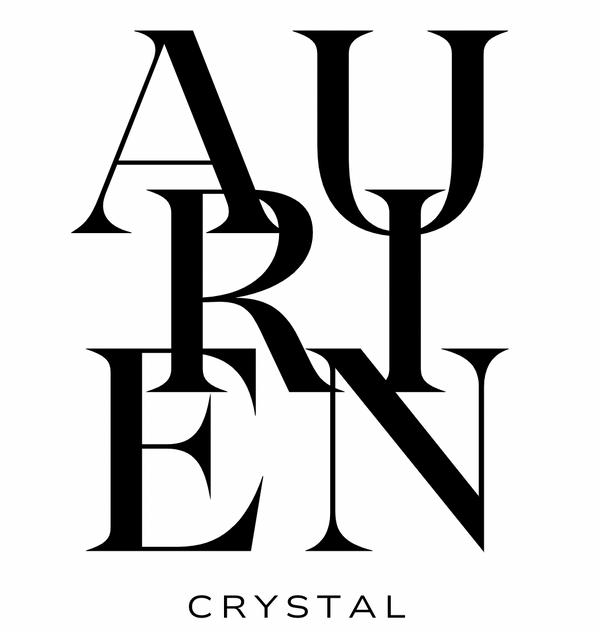Collection: Arizona Azurite
Arizona Azurite Bracelet — FAQ
What is Arizona azurite?
Azurite is a deep blue copper carbonate mineral often found with green malachite. Arizona is known for classic deposits from historic copper districts, producing vivid blue beads for bracelets.
What color and pattern should I expect?
Expect royal-to-midnight blue with natural banding or mottling. Many beads show azurite-malachite mixes (blue/green swirls) and earthy host-rock specks—normal for genuine material.
Azurite vs lapis vs dyed howlite — how do they differ?
Azurite is copper-rich and may show green malachite; lapis is ultramarine with pyrite “gold flecks”; dyed howlite/jasper can look overly uniform, with dye pooling in pores or cracks.
How can I tell real azurite from reconstituted or dyed composites?
Real beads feel cool/heavy with non-uniform blue and natural transitions into green. “Reconstituted” material can show granular/glue lines and flat, repetitive patterns. Ask for clear treatment disclosure.
Is azurite durable for daily bracelets?
Azurite is Mohs ~3.5–4 (softer than quartz). Suitable for mindful daily wear—avoid knocks, abrasion, and pressure; store separately to protect edges.
How do I clean an azurite bracelet?
Wipe gently with a soft dry or barely damp cloth; dry immediately. Avoid chemicals, ultrasonic/steam, and long soaking to protect the copper-carbonate surface.
Can it get wet? Will sunlight affect color?
Brief splashes are okay, but avoid soaking, chlorine, saltwater, and hot tubs. Prolonged strong sunlight may fade the blue—store in a pouch away from UV.
What does azurite symbolize?
In crystal traditions, azurite is chosen as a reminder of clear insight, focused study, and expressive communication—belief-based cues for mindful routines.
6 mm vs 8 mm — which bead size is better?
6 mm = refined color for stacking; 8 mm = bolder blue that highlights azurite–malachite patterns in a single-strand focal.
How do I pick the right bracelet size?
Measure a snug wrist and add 0.5–0.7 in (1.2–1.8 cm) for elastic comfort. Small ≈ 5.5–6 in, Medium ≈ 6–6.5 in, Large ≈ 6.5–7 in.
Is azurite treated or stabilized?
Because azurite is softer, some market pieces are stabilized or reconstituted. We prefer natural, solid beads where possible and disclose treatments by lot.
What stacks well with Arizona azurite?
For luminous contrast, add baroque pearls. For warmth, layer gold-plated accents. For graphic balance, pair with black onyx or clear quartz.
This collection is empty
